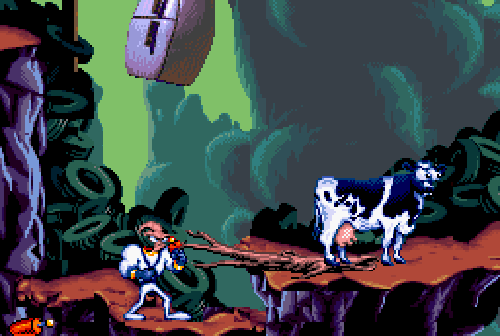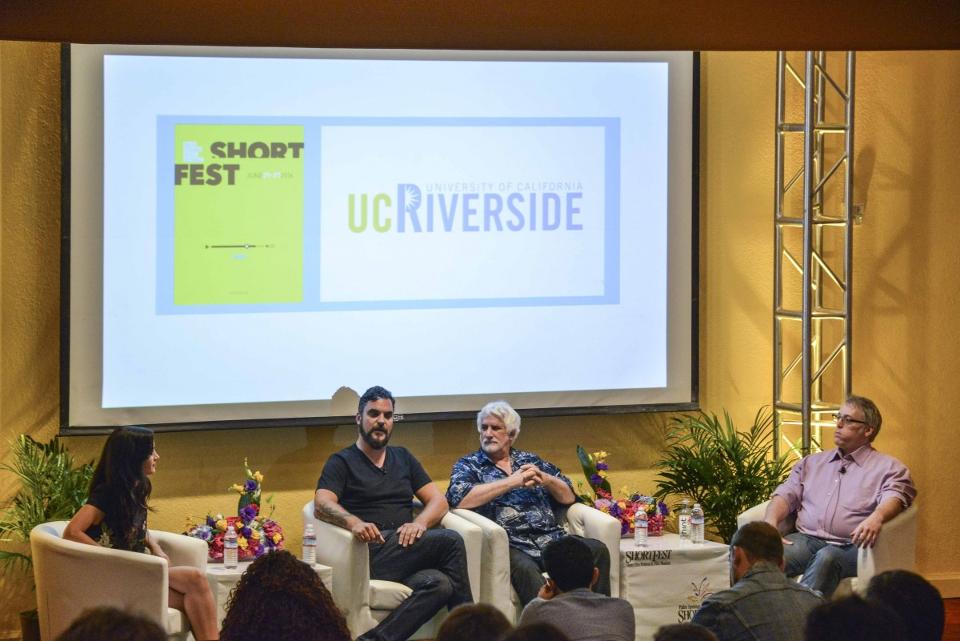
It may be hard to believe, but video games have been a part of entertainment market for about five decades by now, and both gaming and gamers of, let’s say, 20 years ago have very little to do with what we see now. Sometimes it may be hard to put the finger on these differences – bur we will try.
Choice and Availability
Video game industry has grown enormously over the last few decades – it evolved from a rather niche and often sneered-at area to the third-largest segment of entertainment market after broadcast and cable TV. The number of games getting published today on a daily basis is staggering and additionally exploded over the recent years due to the rise of digital distribution and, therefore, the indie scene. Whichever way you look, a modern gamer is spoiled for choice: instead of a few important releases a year, he is subjected to a never-ending stream of new content that has no intention of stopping.
Internet

Here’s How the Internet is Revamping the Gaming Industry
Of course, the Internet was around in 1997, but it certainly wasn’t as prevalent and easily available for most people in developed countries as it is today. It influences the world of gaming in a number of ways. The Internet goes a long way in solving problems – from helping the younger generation of gamers with finding walkthroughs and strategy guides to their favorite games (resources like GameFaqs) to helping them save time and effort spent on their studies without compromising the results. That makes a huge difference between the generations, as now kids can avoid parents’ pressure that stops them from development gaming skills. Rationalizing the routine by having access to the tools that simplify learning, adds up advantages that modern gamers are privileged to use.
Demographics

39 titles that prove video games were better in the 90s than today
Even as recently as in the nineties, video games have usually been perceived by the general public as a pastime for children, whether it reflected the real state of events or not. And although today one sees the symptoms of the same worldview from time to time, they are much less prevalent – because working adults of today have grown up in the world where video games existed since their birth. According to a study by ESA, 88 percent of gamers today are 18 years or older, and 29 percent are over 50 (against 9 percent in 1999).
Mobile Gaming

10 (More) Retro Video Games You Can Play On iPhone
Portable gaming platforms are, of course, nothing new – in this or that form they existed since the nineties. However, modern mobile gaming is something completely different – these games are usually played not using a dedicated platform, but a smartphone you have with you at all times anyway. As a result, modern gamers usually have an opportunity to engage in their favorite pastime at any time of night or day – which is sometimes even treated as an addiction.
Community

How Far We’ve Come: Then and Now of Gaming
A gamer a couple of decades ago was mostly isolated from the gaming community at large: he could have maintained contact with his personal gaming acquaintances and visited conventions, but daily get-togethers with the community in general were impossible. Today, with the power of social media, video streaming, online distribution channels and more, every gamer constantly exists as a part of a greater whole. To a large extent, it is the reason why today we can see something that was unthinkable a couple of decades ago – a formation of full-fledged spectator sports based around particular games, with prize money, advertising and millions of dollars of revenue for those working with it.
As is clearly seen, both games and gamers have gone a long way since their appearance, and modern gaming scene has very little in common with what it used to be. And one can only guess at what the future has in store for this industry.




